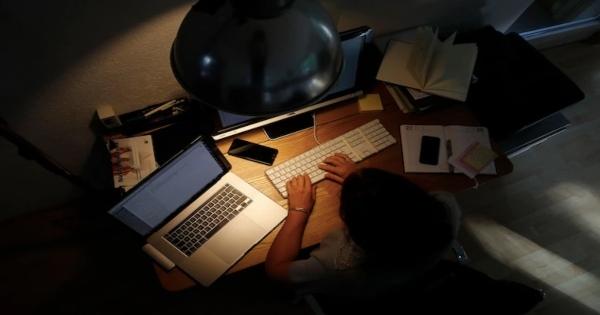Coping With the Psychological Drain of Remote Work

By Cass Jacoby, RCS Reporter
New research can help employers and tech companies avoid “zoom fatigue” and maintain more positive remote work environment.
Video calls seemed like an elegant solution to remote work when the pandemic broke out, but after a year of working online, people are beginning to feel a unique kind of exhaustion. "Zoom fatigue” is the feeling that follows a long day of video conferencing. The unofficial social experiment launched by the pandemic proves one thing once and for all: virtual interactions are extremely hard on the brain.
What causes Zoom fatigue?
It turns out that humans communicate with more than just their words. Our brains are focusing on a number of non-verbal cues in addition to words being spoken during an in-person conversation. Since we evolved this way, this perception comes naturally to most of us, and takes little effort to parse, however, a typical video call impairs this ability, requiring sustained and intense attention to words instead. Multi-person screens magnify this overload, gallery view—where all meeting participants appear Brady Bunch-style—challenges the brain’s central vision and overloads it so much that not even the speaker comes through meaningfully.
Standford researchers suggest that the combination of excessive close-up eye contact, seeing yourself and reduced mobility on top of the cognitive overload of a video chat is highly intense and exhausts us.
Still adapting
Despite how exhausting a day of video conferencing can be, remote working has perks: there's a greater flexibility to handle chores, easy access to conferences for all workers and no commutes. Never before has it been so easy to collaborate with others internationally, as long-distance conversations are normalized. For most of us, the benefits of remote work go beyond convenience. Plus, the accessible accommodation of remote work gives those with disabilities much more flexibility.
After all, Teleworking has made working through a pandemic possible. Still, when you're spending six hours in video conferences a day, you are bound to get Zoom fatigue. As people began having conversations about Zoom fatigue, scientists have looked closer into human interactions with technology.
They first created a tool to measure fatigue called the Zoom Exhaustion and Fatigue scale or ZEF. In a public survey they gathered over 10,000 responses that measured people's fatigue on the ZEF scale and found that spending more time on video calls without breaks between each call will cause more Zoom fatigue. They also confirmed that the lack of mobility, nonverbal cues and seeing yourself that is inherent to a Zoom call stresses the body out.
The National Geographic points out that people also suffer from “hypergaze” which is that intense feeling that you have that everyone else is staring at you in the video conference.
Solutions for the future
Even as pandemic restrictions end and offices can safely reopen, some companies are keeping the remote work option. As businesses look forward to in-person work taking on more of a hybrid approach, more and more people are focused on finding solutions to help prevent Zoom fatigue.
Andrea Nickerson trains COVID-19 case investigators through weekly classes on Zoom. She told National Geographic that she has reduced eye strain by using an orange filter on her screen.
Géraldine Fauville, an expert in virtual reality and communication at the University of Gothenburg in Sweden, told National Geographic that purchasing a standing desk helped her reduce the feeling of being trapped by allowing more natural movement while attending video calls. She urges “the responsibility of addressing Zoom fatigue should not be placed on individuals, since that could just intensify inequity.”
Researchers encourage employers to create standard policies that protect their employees from Zoom fatigue. Solutions include:
-
Require one day per week to be video call free.
-
Require 10-minute buffers between meetings.
-
Toggle settings so the self-view should disappear after a few seconds.
-
Limit the maximum display size of heads on the screen.
Zoom calls don’t seem to be going anywhere, so protect yourself and your employees from Zoom fatigue by learning why and how it happens and encouraging preventative measures.
Stay up to date with the latest roofing industry news when you sign up for the RCS Week in Roofing e-news.























Comments
Leave a Reply
Have an account? Login to leave a comment!
Sign In